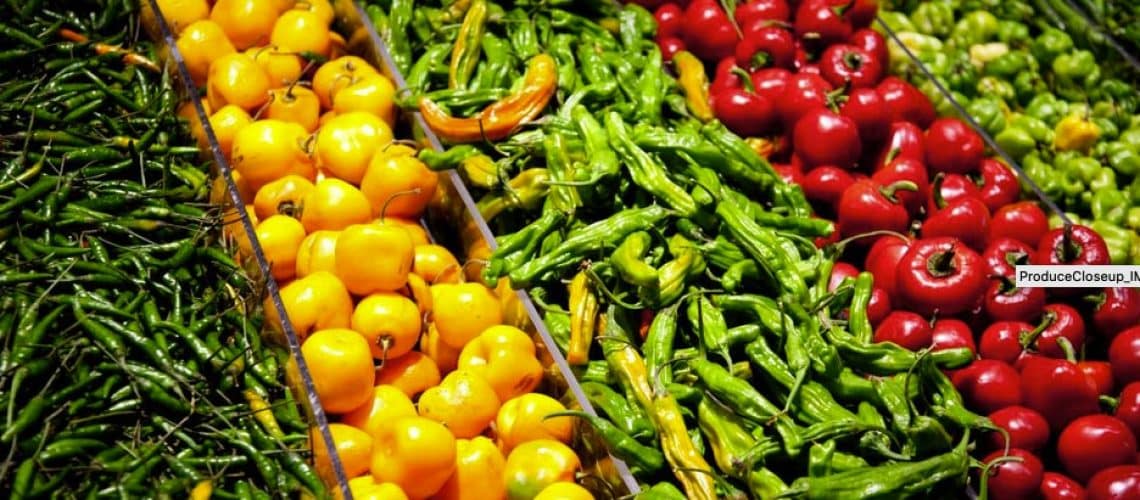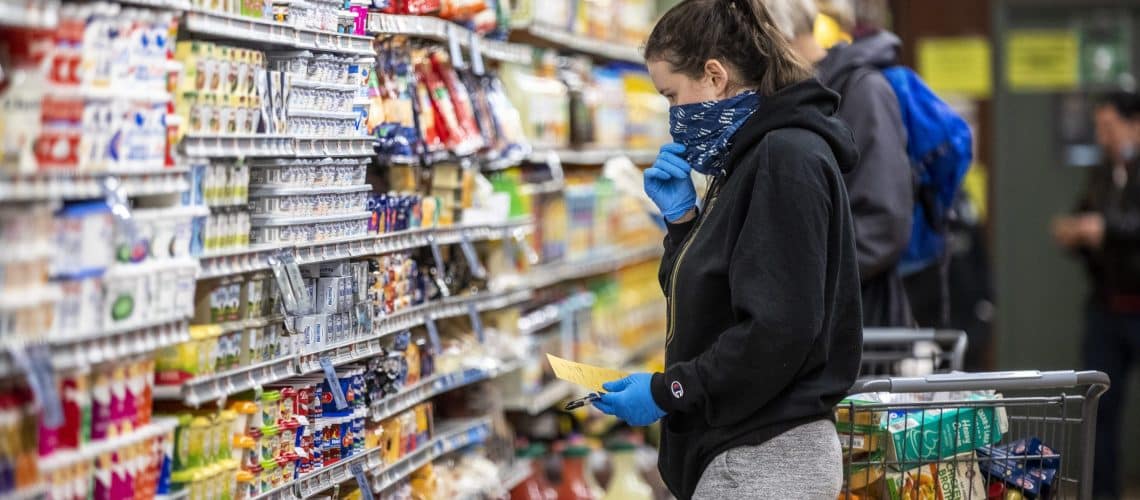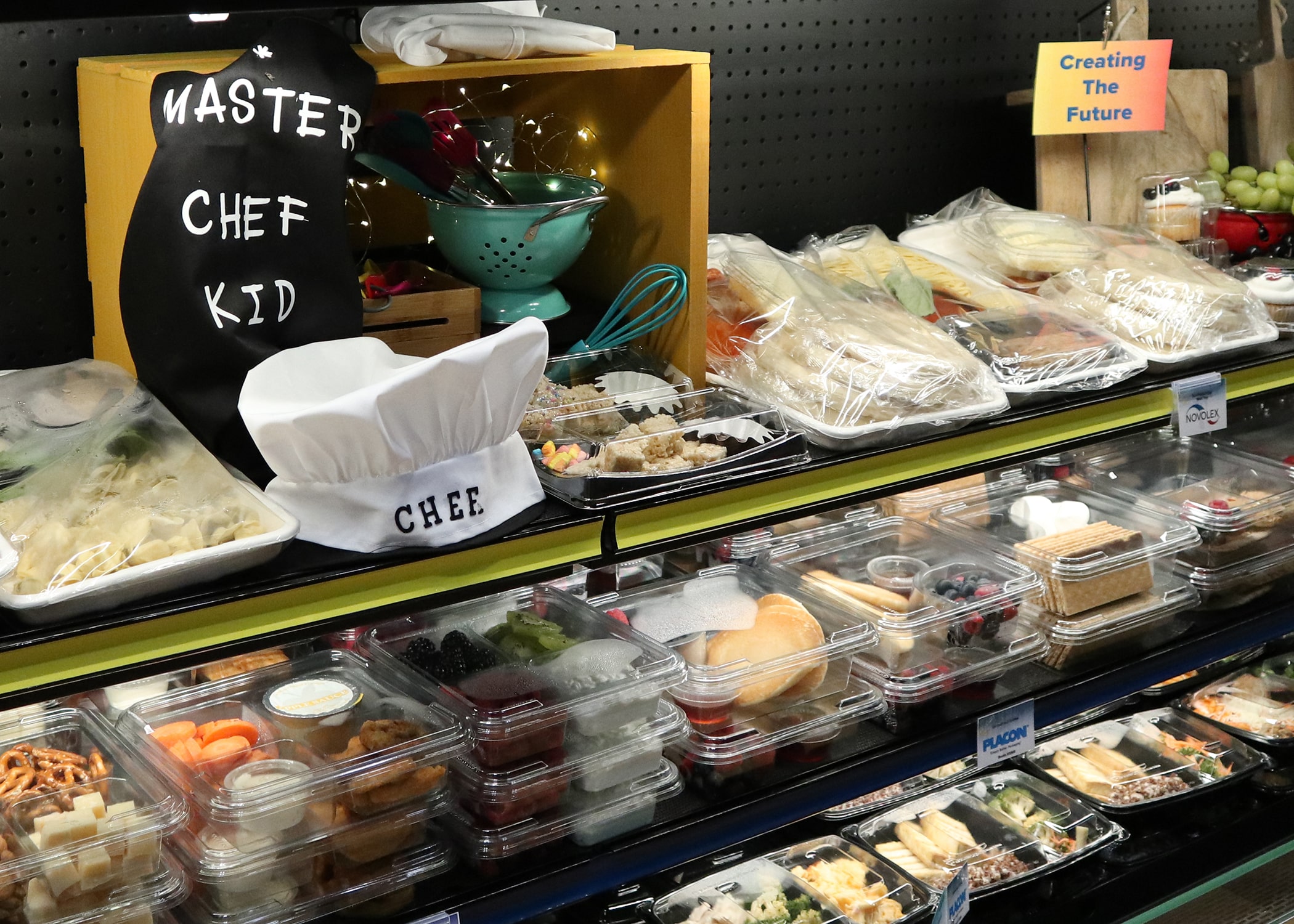How Existing and Upcoming Refrigeration Regulations Will Affect Your Business Operations
Rising sea levels, the slow erosion of the earth’s ozone layer, and the threat of global warming have enacted environmental policies in different industries around the world. The commercial refrigeration industry is no exception. Ever since the Montreal Protocol and Kyoto Protocol were put in place to protect the stratospheric ozone layer and reduce greenhouse gas emissions respectively, several states and national refrigeration regulations have emerged. Currently, the earth’s global warming levels have increased and the earth’s ozone layer needs to be protected. Without the proper policies in place to regulate the use of refrigerants with high Global Warming Potential [...]
Health and Wellness Food Products Will Continue Trending This Year
The height of the pandemic has pushed people to look for food alternatives either for convenience or health reasons. As a result, several food trends have emerged over the past few months since the outbreak. Trends like easy-to-prepare meals, chef-inspired meals, and seafood have seen a significant rise in demand. But, out of all the food trends we have seen this year, health and wellness top the list. According to ReportLinker, the global market for health and wellness foods is projected to grow to $1 trillion by 2027. Health and wellness foods are expected to dominate the food trend this [...]
Food Trends: What to Expect in 2021
The year 2020 was challenging for all of us. For the food retail industry, last year was a time for retailers to quickly pivot, shift their business strategy, and consistently innovate and get creative to keep up with the ever-changing customer demand. Though it has been difficult to keep things afloat, our industry has managed to push through. As we enter 2021, several changes in consumer food trends, shopping behaviors, and consumer spending will likely continue to alter how we keep our operations up and running. Here are some trends that food retailers could expect to gain market share over [...]
Transcritical CO2 System in South America Found to Offer Superior Energy Efficiency
By Franco Sebastián D'Aprile, Jan 12, 2021, 05:00 GMT-5. A transcritical CO2 (R744) system installed last year at an existing distribution center in Rionegro, Antioquia, Colombia, South America (near Medellín), has so far reduced energy consumption by 45% compared to a new conventional fluorinated system, according to the equipment distributor for Columbia, which installed the system. Given this savings, and lower maintenance costs, the transcritical CO2 system’s manufacturer ,Hillphoenix, estimates a four-year return on investment (ROI) for the premium paid for the CO2 system over the conventional system, said Mauricio Baena, Sales Manager Industrial South America, Dover Food Retail, owners [...]
Transcritical CO2 System in South America Found to Offer Superior Energy Efficiency
By Franco Sebastián D'Aprile, Jan 12, 2021, 05:00 GMT-5. A transcritical CO2 (R744) system installed last year at an existing distribution center in Rionegro, Antioquia, Colombia, South America (near Medellín), has so far reduced energy consumption by 45% compared to a new conventional fluorinated system, according to the equipment distributor for Columbia, which installed the system. Given this savings, and lower maintenance costs, the transcritical CO2 system’s manufacturer ,Hillphoenix, estimates a four-year return on investment (ROI) for the premium paid for the CO2 system over the conventional system, said Mauricio Baena, Sales Manager Industrial South America, Dover Food Retail, owners [...]
What Food Retailers Should Expect in 2021
The New Year is here and, as we welcome an exciting year ahead of us, several emerging trends and changes concerning the food retail industry are expected to affect how we operate one way or another. Last year was a very challenging year, but what could be in store for food retailers in 2021? Here are some exciting things we should be expecting this year: Changes in Refrigeration Regulations On December 10, 2020, the California Air Resources Board (CARB) approved a groundbreaking and comprehensive program to reduce the use of hydrofluorocarbons (HFCs). Starting in 2022, new equipment with more than [...]
Four Ways Food Retailers Could Gear Up for the Holiday Season
It’s that time of the year again! The holidays are here and many customers are planning to stockpile and buy food items ahead to celebrate the season with their loved ones at home. Whether people drive to brick-and-mortar stores or buy groceries online, supermarkets and grocers are an important part of the busiest shopping season of the year. The next couple of weeks will be critical with expected high demands and increased store and website traffic. Here are some ways food retailers could gear up for the holiday season: Enhance Online Strategies People are now buying groceries online more than [...]
Proposed Amendments to CARB’s HFC Regulations
New Requirements for Stationary Refrigeration and Air Conditioning. Read More>
California introduces groundbreaking program to reduce climate “super pollutants”
SACRAMENTO – Today the California Air Resources Board approved first-in-the-nation rules to curb the impact of powerful artificial refrigerants that pose a growing danger globally to efforts to contain the worst impacts of climate change. The refrigerants, known as hydrofluorocarbons or HFCs, are considered to be super pollutants because they trap heat in the atmosphere thousands of times more effectively than carbon dioxide, the most prevalent greenhouse gas. These rules can serve as a national model for super pollutant reduction. Read More>
How Food Retailers Can Maximize the Rise in Demand for Prepared Foods
Just like the Coronavirus pandemic, the rise in popularity of prepared foods is unprecedented. Consumers changing behaviors from cooking at home to hitting grocery stores for prepared food items have increased opportunities for food-retailers across the country. Just like for the grab-and-go sector, C-stores and grocery stores are taking the lead. Taking into consideration convenience, speed, and portability as the main drivers of sales, here are some of the ways retailers could maximize the rise in demand for prepared foods. Keep It Fresh and Safe To take advantage of this growing sector, retailers should make sure that food items are [...]







